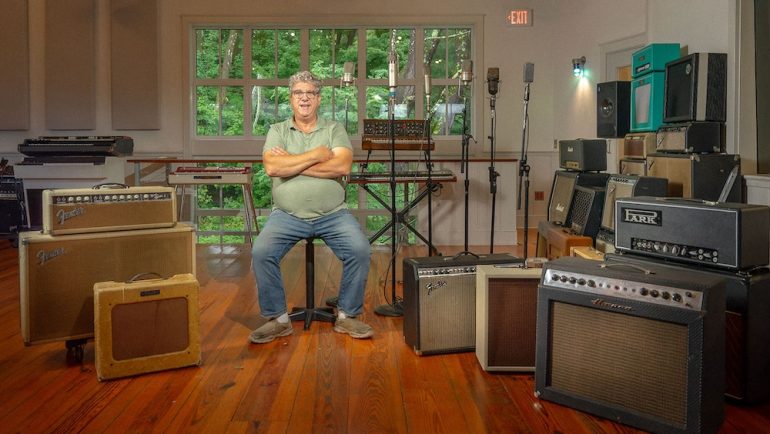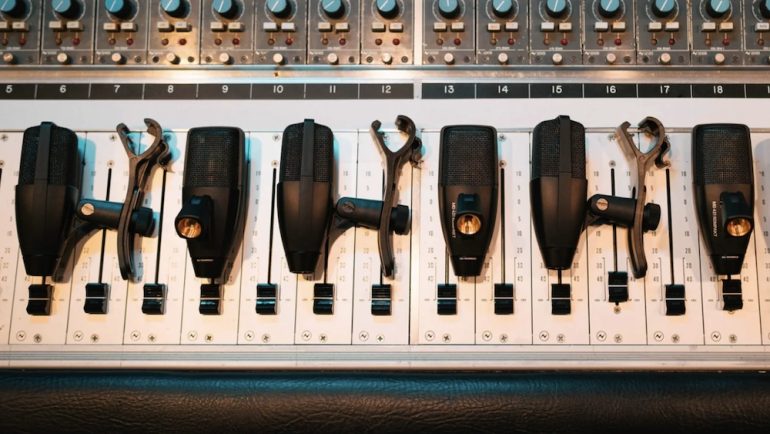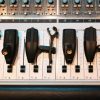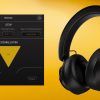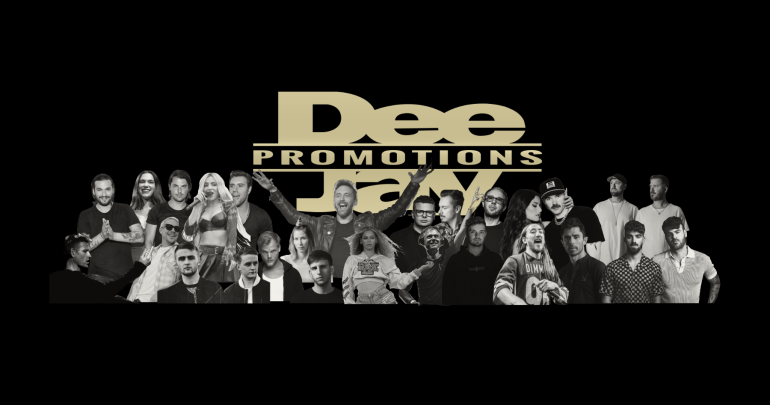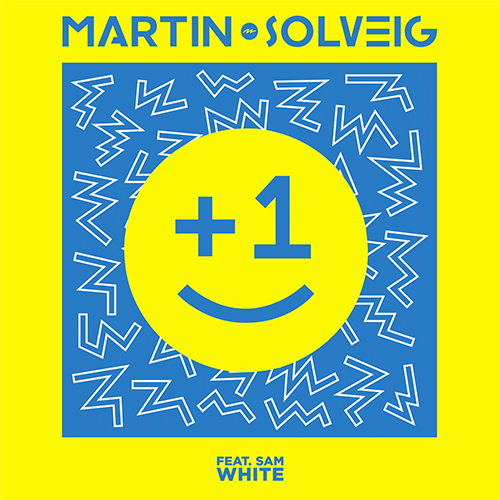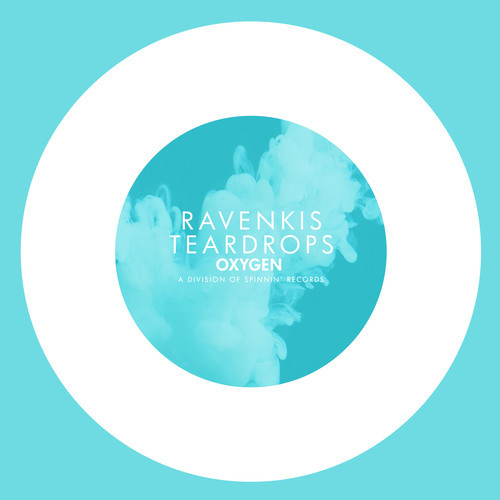-
 play_arrow
play_arrow
Clubalicious Clubalicious Radio
-
 play_arrow
play_arrow
London Calling Podcast Yana Bolder
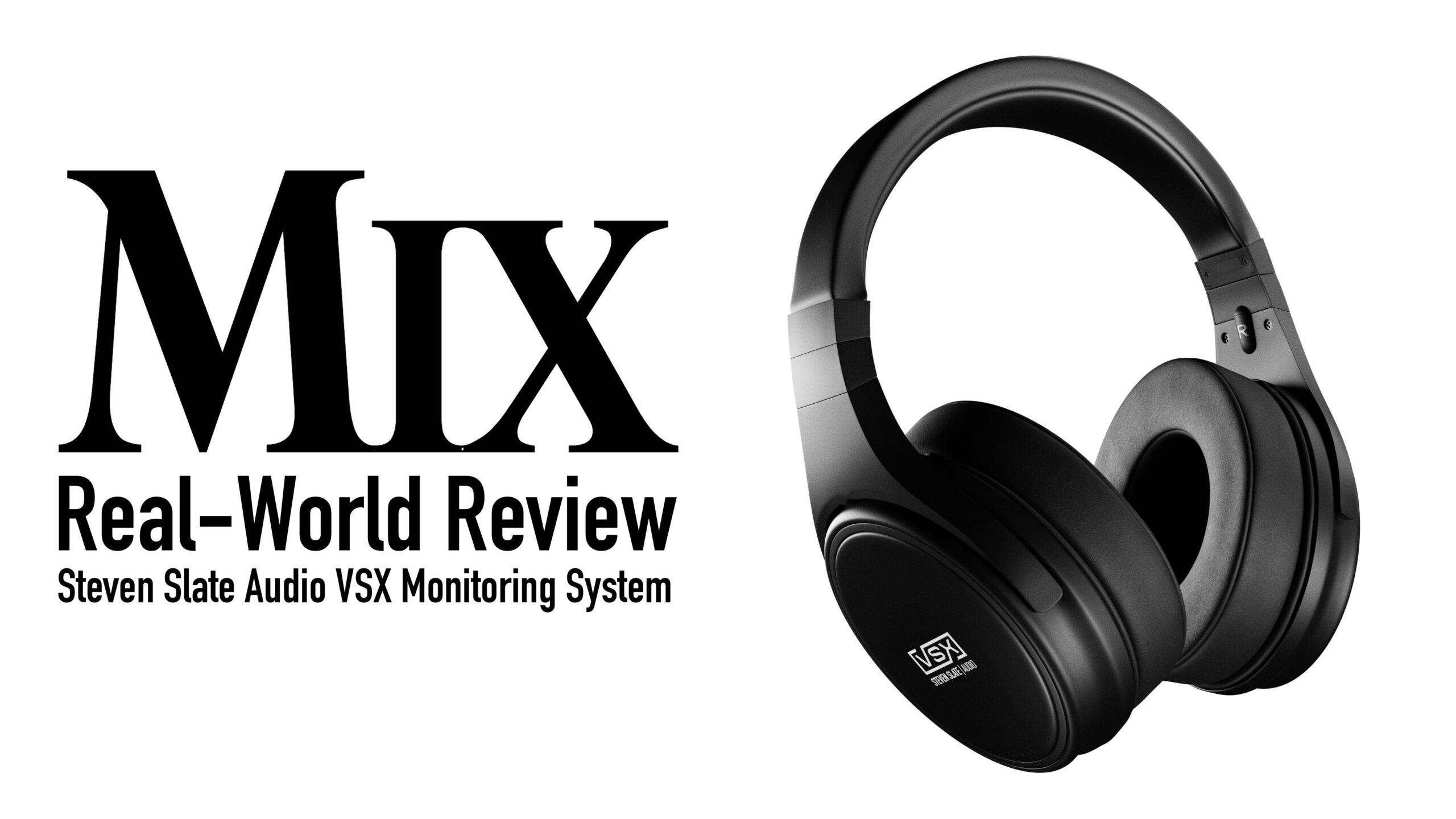
| MIX VERDICT: STEVEN SLATE AUDIO VSX |
| THE TAKEAWAY: “With VSX, I can trust that my mixes will translate, and that’s a huge benefit.” |
| COMPANY: Steven Slate Audio • www.stevenslateaudio.com PRICE: Platinum Edition $499, Essentials Edition $299 PROS: • Accurate-sounding emulations. • Lightweight and comfortable. • Level Match Bypass keeps volume even when A/Bing. • Plug-in includes optional features like, Fave 5, 2SPC, EQ and Auto Bypass on Export. CONS: • Only one person at a time can listen. • Auto-Bypass on Export feature could use dialog to show when it’s active. • A global mono switch would be helpful. |
New York, NY (September 27, 2024)—Do you trust that what you hear through your studio monitors is accurate and will translate well to other systems? Do you mix a lot using only headphones, even though you know the results will sound different when people listen on speakers?
If you answered yes to either (or both) of those questions, VSX is worth looking into. It’s a system that includes specially designed headphones and accompanying software, employing a technology that Steven Slate Audio calls Binaural Perception Modeling, which creates emulations of the 3D sound of the monitors in a variety of professional studio control rooms, club sound systems, headphones, and even car audio systems.
Before getting access to a VSX system, I’d heard a lot about it and was intrigued but skeptical. Now that I’ve had a chance to test it out, my skepticism is gone. The virtual monitoring environments that VSX provides have allowed me to mix and master with more confidence and better results.
VSX—WHAT IT IS
The headphones feature an over-the-ear design and a detachable straight cable with a 1/8-inch TRS jack on both ends (includes a 1/4-inch adapter). The headphones are lightweight by design and outfitted with plush leather earcups, making them quite comfortable. The earcups rotate 90 degrees, which allows them to fit nicely into the included low-profile, semi-hardshell, zippered case.
The VSX headphones are classified as “closed back,” though the company explains that they were designed with a proprietary technology called Acoustic Ported Subsonics, which features semiopen sub-bass frequencies and delivers extreme transient detail and sub-low frequency response. Because most frequencies other than the sub-bass are contained inside the ear cups, the VSX headphones have minimal leakage and are quiet enough to use when tracking. However, they are closed-back, which can feel more fatiguing when worn for long periods.
The VSX headphones have excellent sound quality when used alone. What makes the system unique, however, is what happens in combination with the software, which is iLok-protected and can be authorized to your computer.
VSX comes in two different versions, Platinum and Essentials. The physical headphones are the same for both versions. The main difference is the number of emulated mixing spaces (aka, rooms) provided. Essentials comes with two studios, one nightclub, one car, and four types of headphones or earbuds. Platinum costs $200 more and includes eight studios, three cars, a boombox, two nightclubs and seven headphone options.
VIRTUALLY THERE
The VSX software can function as an insert or a “system-wide” utility. For the former, the plug-in goes on the last insert slot of your master bus in your DAW, audio editor or other audio plug-in host. The system-wide option lets you use VSX to listen to streaming music apps, browser audio and other applications that don’t host plug-ins. Both versions have the same interface, but the systemwide app adds a master volume slider and a drop-down menu for selecting the output device.
The plug-in GUI is easy to navigate and use. A large image represents the selected room (Steven’s Mixing Room is the default), and many of the studio-based rooms have nearfield, mid-field and far-field monitor options (or two of the three). Click the Browse Rooms button to see thumbnails of the various choices. Click on one to make it active.
Controls include a Depth knob, which increases or decreases the distance between your virtual listening position and the monitors in a given room. You can also turn on a five-band EQ to alter the frequency balance you’re hearing. Because the idea of the system is that it provides accurate emulations of mix environments, I had no desire to make adjustments that could skew the frequency response.
Bettermaker BM60 Plug-In — A Mix Real-World Review
A series of buttons on the left side, the Fave 5, allows you to set five favorite rooms for easy recall. You can also turn on a feature called 2SPC (Two-Second Palate Cleanser), which gives a two-second countdown before you hear any audio after switching rooms or monitor types. It was more distracting than helpful for me, but others might like it.
When you want to compare the VSX sound to that with the plug-in bypassed, SSA encourages you to use the Level Match Bypass button on the lower left of the GUI. Because the VSX processing lowers the overall output, using your DAW’s bypass will result in a significant jump in volume. The Level Match Bypass feature keeps that from happening and, when activated, automatically switches the headphones to the HD Linear Headphone model, designed for flat response.
Also notable is a preference setting called Auto Bypass on Export, which bypasses the processing when you bounce to disk. Like with other plugins that alter how you monitor your audio (for example, Sonarworks SoundID Reference), the effects are strictly for listening and would degrade the audio of the bounced track.
At first, I wasn’t sure if the Auto Bypass on Export feature was working because no dialog came up to indicate it when I bounced. A suggestion for SSA is to add a “Bypassed on Export” message to pop up during a bounce, letting users know that the VSX processing is off.
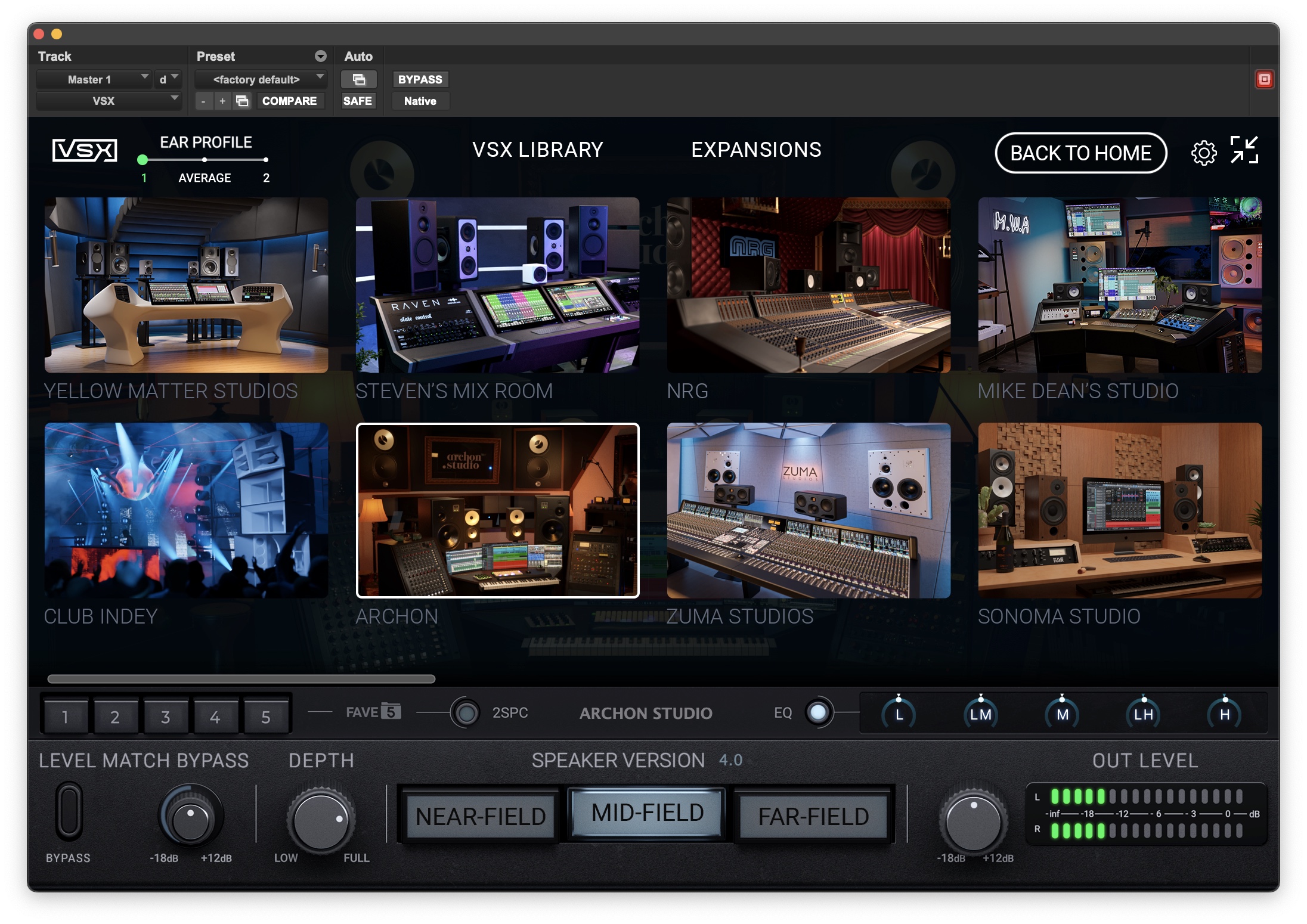
GO TO YOUR ROOMS
I monitored through VSX both in mixing and mastering situations, and the clarity, detail and sonic consistency impressed me. I could mix with confidence, knowing that I was getting an accurate representation of the audio. I have no way to A/B the VSX room emulations to the actual sound in the modeled spaces, but I can say that they sound clear and detailed the way highend monitors in a treated room should. The proof was that my mixes using VSX translated well to other systems.
My studio’s acoustics reduce the bass in my monitors, making it difficult to be sure of the bass and kick drum levels when mixing. With VSX, I could nail those levels without doing my usual car check. Why go to the car when I could use VSX’s car emulations?
My workflow with VSX included a fair bit of switching between different rooms to compare how the mix sounded in different environments. One of the rooms available in the Essentials and Platinum editions is LA Club, based on a large club with a sound system featuring speakers and subs. Though I wasn’t working on dance music, I found it helpful to occasionally switch to LA Club to hear what was happening in the subsonic range. In a couple of songs, I noticed some subsonic weirdness that I could then filter out. I wouldn’t have heard it using my normal studio monitors or headphones.
I also found it helpful to switch between each studio’s monitors (near-field, mid-field, etc.). In Steven’s Mix Room, for example, you get three monitor types: far-field, mid-field and near-field. The latter appears to be an Auratone, which plays back in mono, providing the only way to check mono-compatibility from within VSX. A mono button in the GUI that would work on all the monitors would be a handy addition.
Choosing which edition to buy might prove a tough decision. That said, I appreciated the extra rooms in Platinum, a couple of which, Archon Studios and NRG Studios, are my favorites, sound-wise. Slate allows you to upgrade from Essentials to Platinum for $200, so you’re not penalized financially.
VSX is a game-changer that has helped me create better mixes. Since I’ve had it in my studio, I find myself using my actual monitors less because I prefer the consistency and accuracy of the VSX emulations. A downside of so much headphone listening is that I must be more cognizant than usual about the volume to avoid prolonged loud exposure and the premature onset of ear fatigue. One limitation of VSX versus speakers is that you can’t listen simultaneously with a client or bandmate unless you have more than one set of VSX headphones.
Overall, VSX has been a revelation. It helps me hear my music more accurately in various environments, including top-notch studios and headphones. With VSX, I can trust that my mixes will translate, and that’s a huge benefit.
Written by: Admin
Similar posts
Recent Comments
No comments to show.Featured post

Latest posts
Current show
Upcoming shows

Stereo Productions
Chus Ceballos
16:00 - 17:00
Scandinavian Dance Chart
Top 40 Hottest Dance Tracks In Scandinavia
17:00 - 19:00
The House Crunch
Terri B
19:00 - 20:00
In The Mix
Tony Kay
20:00 - 21:00
Fresh Is Fresh
THIS WEEKS HOTTEST DANCE RELEASES FROM DEE JAY PROMOTIONS
21:00 - 00:00Chart
Powered by Dee jay promotions visit us

